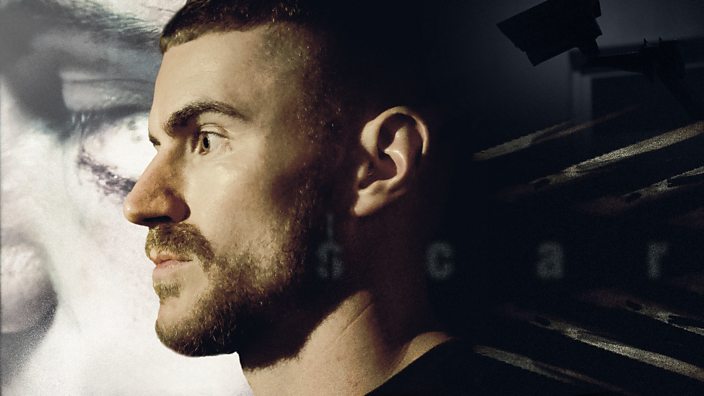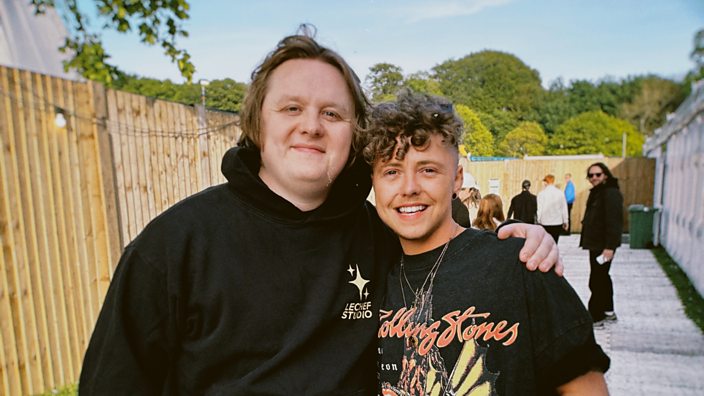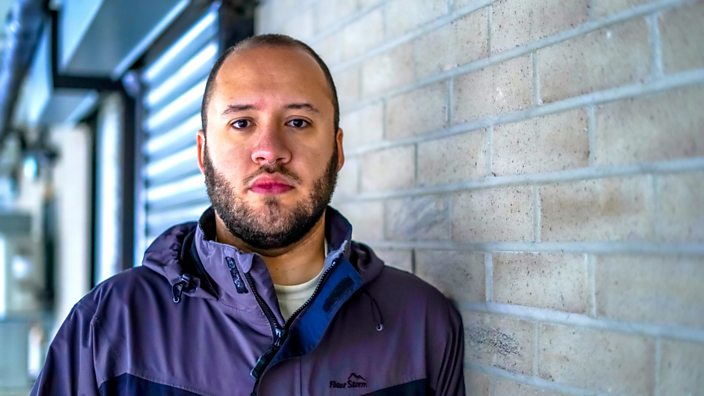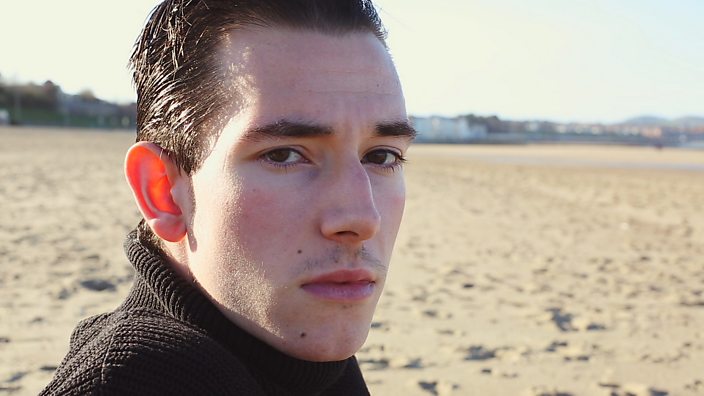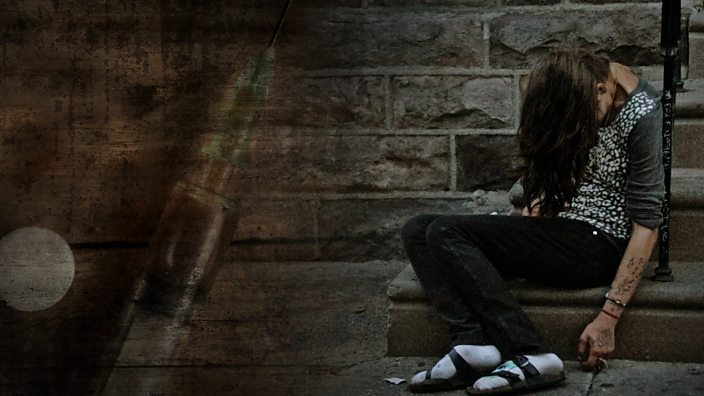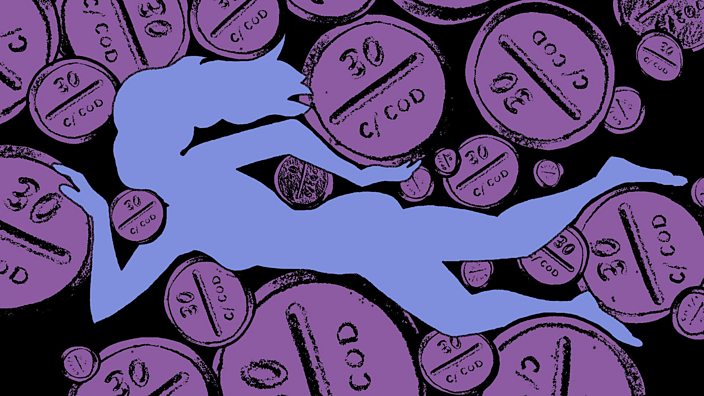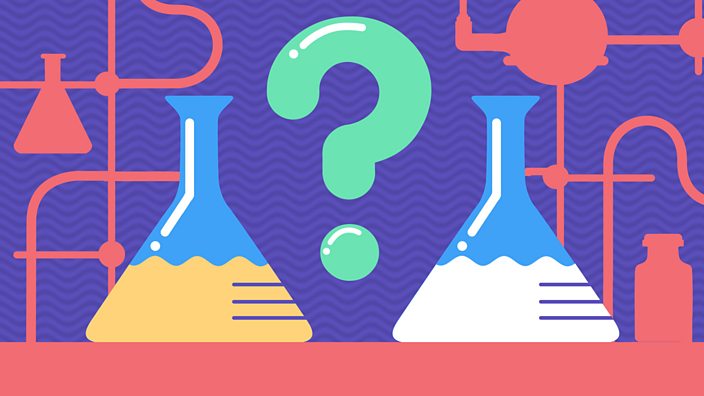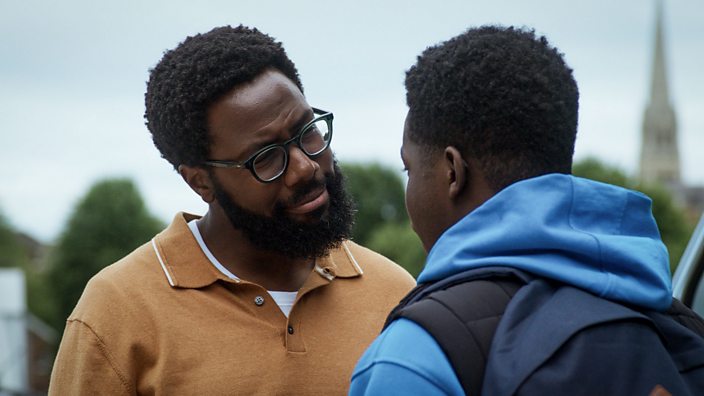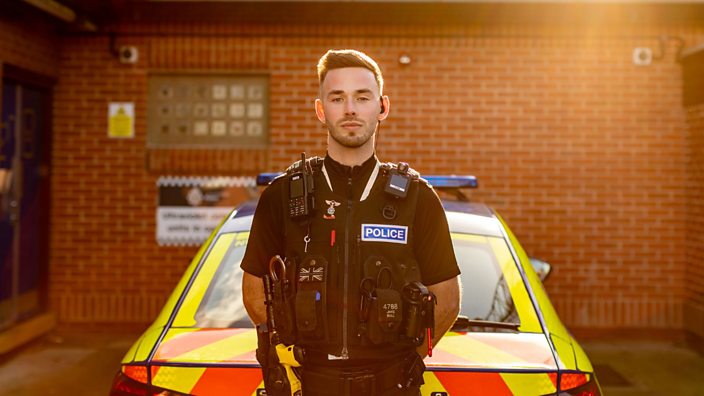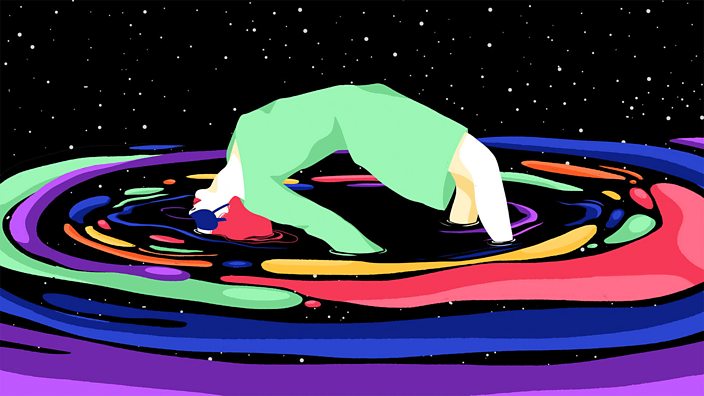 Raphaëlle Martin
Raphaëlle MartinA DMT trip 'feels like dying' - and scientists now agree
A new scientific study suggests strong similarities between near death experiences and the psychedelic drug
The chill of the fluid flows through Iona's arm as the DMT - N,N-Dimethyltryptamine - is pumped into her bloodstream.
She is in a treatment room at the Imperial College Clinical Research Facility in London, taking part in a scientific study into the effects of illegal hallucinogen DMT. She's in a chair, eye mask on, cannula poking out of her forearm. The lights are dimmed and a specially commissioned ambient soundtrack plays in the background. Chris Timmermann, a psychologist and neuroscientist who researches psychedelic drugs, stands nearby.
Inside Iona’s brain, enzymes work like cleaners mopping up a monsoon to break down the drug flooding her system. The hallucinations hit her like a hurricane. A sense of dread envelops her.
“My eyes were closed but there was so much going on that it was really hard to focus," Iona says afterwards. "The one image I remember was lots of books opening and rainbows shooting out of them."
“I felt this quiver. The only other time I’ve had it is when I was giving birth. [A feeling that] I’m not sure I want to do this – but a sense of no turning back, you’re here and you’ve got to go through this.
“I don’t remember my body being around after that.”
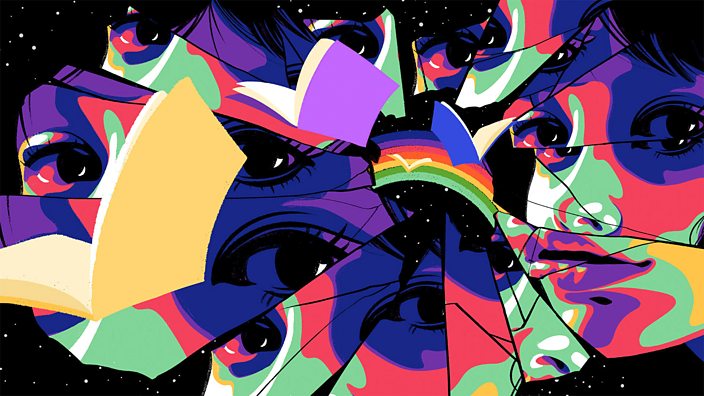 Raphaëlle Martin
Raphaëlle MartinAs expected, Iona didn't suddenly dematerialise into a swirling space-time void. This intense journey took place entirely within her own mind – induced by an illegal drug that sits on the periphery of recreational psychedelics.
DMT is perhaps best known as the hallucinogenic compound in ayahuasca. This bitter, brown liquid is created by combining two plants – the ayahuasca vine and a shrub called chacruna – and has been used ritually and medicinally by Amazonian tribes for centuries.
The mysterious allure of the ayahuasca ritual seems to hold a particular appeal for young Westerners, who have helped spawn a cottage industry of ayahuasca tourism in South America. Those who seek it out may believe it can heal, provide a glimpse of death, or perhaps even the afterlife. But it is not a drug without risks. Ayahuasca could trigger issues in those who are predisposed to mental health problems and four years ago, a 19-year-old British backpacker died following an ayahuasca ceremony.
My body just didn't seem relevant any more
Like many illegal drugs, DMT’s effects on the brain have not been researched much at all. Human trials involving illegal drugs demand a strict ethical and regulatory framework and the express permission of the Home Office. Imperial College's Psychedelic Research Group has consistently met the requirements for such trials. They are recording the effects of the drug in new ways, thanks to advancements in brain mapping technologies such as functional magnetic resonance imaging (fMRI).
“It has been speculated in the past that a lot of [psychedelic] experiences – not only DMT but also LSD and so on – contain themes of death,” says Chris, who led the study.
“If I were to speculate, one possibility may be that the system is reaching such a high level of disorder that the psychological reaction might be, ‘Oh my God, I'm dying',” Chris explains.
Iona describes some of this "disorder" as feeling detached from her body and says she quickly found she was experiencing a strange, unfamiliar detachment from her sense of self too.
“My body just didn’t seem relevant anymore," says Iona. "And I felt like I arrived in some consciousness soup which seemed like a different realm to the one I ordinarily inhabit – even in dreams. It just seemed like everything was rotating and swirling and spiralling. It didn’t seem like there were normal space-time proportions going on.”
Iona struggles to put into words exactly what she experienced. But towards the end of the test, she remembers an overwhelming feeling of gratitude that she had survived and a strange sense of reassurance.
“I felt a sense that perhaps death isn’t the end – not that I’m religious,” she says.
Ego death is like being awake and having no sense of personal identity
The dose of DMT used in the study is a tiny fraction of the toxic dose – so participants were not on the verge of death, even when they felt they were. This feeling, known as "ego death", has been reported by many people experiencing intense psychedelic experiences.
It can be described as a total loss of a sense of self which happens to the subject while they're still conscious, according to Chris's fellow researcher Robin Carhart-Harris. He says it's like being awake and having no sense of personal identity.
The researchers can't say exactly why ego death prompts those going through it to feel as if they’re dying. It may not be like dying at all. Clearly, nobody who's actually died can ever come back to tell the tale.
But we do know about a phenomenon called a Near Death Experience (NDE). Philosopher and psychologist Raymond Moody coined the phrase in his 1975 book, Life After Life. Moody studied 50 people who experienced 'clinical death' but were subsequently revived, identifying common elements: a bright light, a sense of detachment from the body, feelings of security and warmth and encounters with spiritual beings such as angels.
“What has amazed me since the beginning of my interest are the great similarities in the reports,” he wrote. “Despite the fact they come from people of highly varied religious, social, and educational backgrounds.”
Moody became so taken with his findings, he said they gave him “great confidence” in an afterlife. In the years since, the study of brain activity at the point of death has been an area of scientific interest, with findings suggesting unusual biological processes seem to take place – although none of these studies has provided any evidence of an afterlife.
 Raphaëlle Martin
Raphaëlle MartinInterest in NDEs peaked in 2012, when neurosurgeon Eben Alexander appeared on Oprah. Eben wrote a book called Proof of Heaven, which described a quasi-celestial encounter with millions of butterflies and a vision of his late sister – arising from a bout of bacterial meningitis. The book went on to sell millions of copies off the back of Eben’s claim that his experience proved the existence of an afterlife.
“But it’s bullshit. It’s classic pseudoscience,” says Robin Carhart-Harris, who designed the Psychedelic Research Group study with Chris.
To this day, Eben defends his NDE claim, saying there is no scientific explanation for his experiences, which he says should not have been possible due to the level of impairment of his brain function.
But for the researchers at Imperial, it is far more likely NDEs are nothing more than poorly understood biological processes.
And DMT might just be “a drug model for the limbo state [between life and death]", explains Robin. What it emphatically is not, he adds, is a portal to the afterlife.
“There is nothing here to begin to enable us to propose that on DMT, you literally transcend the laws of this universe and do actually go to another world,” he says.
I sort of feel a little bit more confident about what it is like to die
Comparing NDEs with DMT experiences has one obvious practical use - it could provide scientists with a way of studying the near-death state without nearly killing any human subjects.
So the Psychedelic Research Group collaborated with scientists in Belgium and France to record the experiences of 30 DMT participants and compare these with documented NDEs. The results were better than they had hoped.
“We found that it was such a strong fit on most of the elements,” says Chris. "I was quite surprised.”
The implications are “quite profound", says Robin. “I sort of feel a little bit more confident about what it is like to die because I can fill it in by saying, well, it is at least a bit like what it is like to be on DMT.
“Does that provide some kind of reassurance? It does in a weird way.”
According to Chris, many participants reported a sense of elevated mood after the study. There is a limited body of scientific evidence of the drug's therapeutic benefits, and experts strongly discourage taking DMT in an uncontrolled setting because of documented cases of psychosis and even death. One of the stated reasons people continue to go on ayahuasca retreats, however, is the purported transformative potential of the drug.
 Raphaëlle Martin
Raphaëlle Martin"It’s probably the most intense experience I’ve had,” says Iona. “[The sense that] birth and death were just a transformation rather than an end was something that felt true.”
Whether snapping selfies or scrolling through Instagram, we are encouraged to see our selves reflected in everything we do.
“We cling to this idea that something of ego consciousness survives after death – and the idea that it doesn’t is frightening, because we’re so attached to our egos,” says Robin.
“But the other probability is that when you die the world doesn’t end, because it goes on for everyone else. And if that doesn’t console people, then there’s something narcissistic there, isn’t there?” he says. “Because the universe goes on.”
If you, or anyone you know, needs support for drug-related issues – help and advice can be found here
This article was originally published on 11 September 2018.
